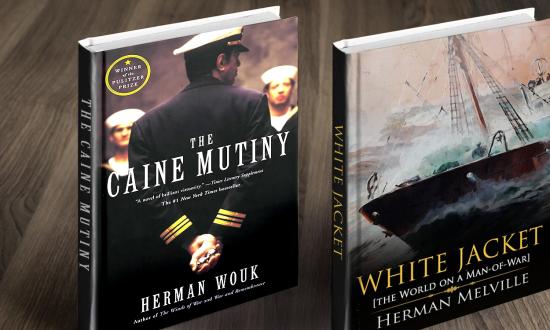Commander Tom McCook, U.S. Navy (Retired)
The Navy has underinvested in mine hunting and clearance, a perennial favorite and most dangerous form of warfare. It has overinvested in Arleigh Burke–class destroyers and should have long ago created a new class. There are too many assets in one hull design, and an enemy might exploit one small (overlooked) flaw to our detriment.
Lieutenant Commander Paul H. Case, U.S. Navy (Retired)
We are underinvested in logistics to supply the forward force of Navy ships and Marine Corps units. We need more shipping to supply the fleet over the long distances of the Pacific.
Commander Roy L. Wood, U.S. Navy (Retired)
The service is overinvested in nuclear-powered attack submarines. Construction, operations, manpower, and maintenance expenses are high. It should shift investment to air-independent propulsion (AIP) submarines. While not as capable as nuclear boats, AIP submarines require smaller crews, cost far less, and can deliver the same weapons.
Lieutenant Commander Daniel Sullivan, U.S. Navy
The Navy is overinvested in “future” projects and underinvested in critical thinking and evaluation. Too often, leaders are so quick to tout future technologies or ongoing new equipment that will bring “innovation in warfighting” that they forget that war changed, and we lost previous fights. Think critically about why.
Michael Ravnitzky, Life Member
The Navy underinvests in mine warfare. It relies on outdated mine countermeasures vessels, unproven littoral combat ship mission packages, older mines, and Air Force airborne capabilities, limiting flexibility and agility against formidable adversaries. It overinvests in aircraft carriers, which, though a powerful means of force projection, are susceptible to standoff missiles and asymmetric warfare.
Charles Werchado, Senior Navy Analyst (Retired)
The Navy is overinvested in missiles and underinvested in torpedoes for antisurface warfare. Antiship missiles face multilayered defenses, necessitating large salvos just to achieve a mission kill. Heavyweight torpedoes face no effective defense, and one shot has sunk Indian, Argentine, and Korean combatants. Our inventory of older Mk 48s could help until the Contender torpedo vehicle arrives.
Captain Alan Haggerty, U.S. Navy (Retired)
The Navy is overinvested in aviation platforms, which, while offering great capability, have the highest lifecycle cost and largest logistics load. It is underinvested in long-range robotic strike—Tomahawk and hypersonic cruise missiles and other unmanned strike systems that deliver high-payoff firepower to influence events ashore at reduced overall cost to taxpayers.
Christopher Steinle, U.S. Coast Guard Veteran
Unlike the Navy and Marine Corps, the Coast Guard is more law enforcement oriented. It needs to invest more in recruiting and sending personnel to law enforcement training centers to meet growing homeland security needs. It is overinvested in nonessential contracting services.
Lieutenant Commander Brian Hayes, U.S. Navy Reserve (Retired)
The Navy is both overinvested and underinvested in the amphibious fleet. It lacks enough ships to transport the Marine Corps, yet maintains enough of an amphibious fleet to tie up thousands of sailors and consume billions of budget dollars. The amphibious fleet should either be much bigger or much smaller. The current sad compromise helps no one.
Senior Chief Thomas Harris, U.S. Navy
The Navy is underinvested in cyber warfare. Critical IT infrastructure and cyber warfare skills are clustered at cyber warfare commands. All Navy warfare domains use or integrate in some way with cyber warfare. Give afloat units the ability to earn the information warfare pin.
Duane Rice-Mason
The Navy has overinvested in carrier warfare and underinvested in surface ships when it is possible that hypersonic and antiship ballistic missiles may have made the carrier obsolete. A return to line-of-battle tactics is in order, albeit at ranges of 600 nautical miles or more.
Chief Petty Officer John M. Duffy, U.S. Navy (Retired)
The Navy and Coast Guard are both underinvested in antisubmarine warfare, antisurface warfare, and communications. Additional guns, missiles, torpedoes, and a return to ship-to-ship communication via flashing light are required. Advanced electronic systems will fail once battle is joined.







